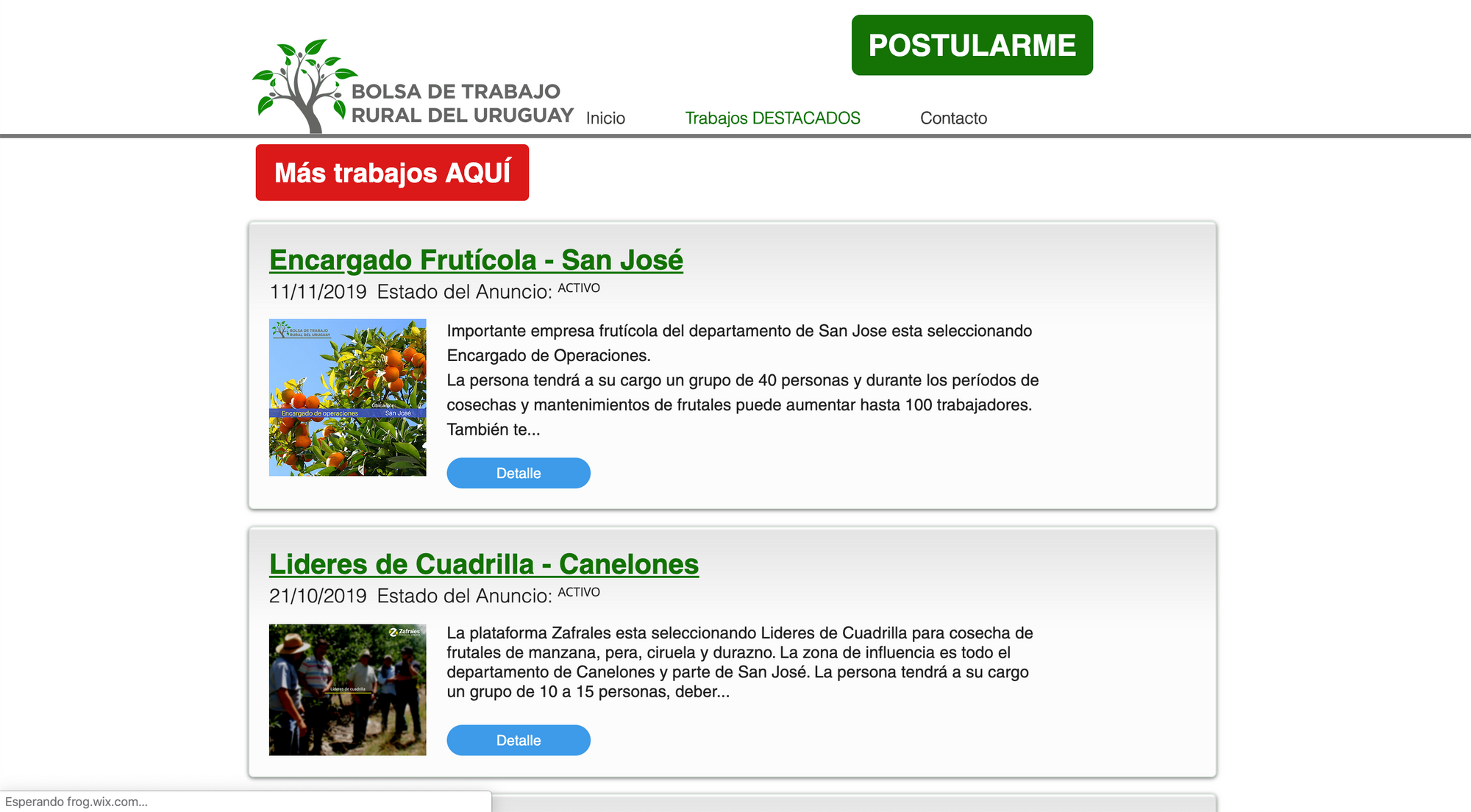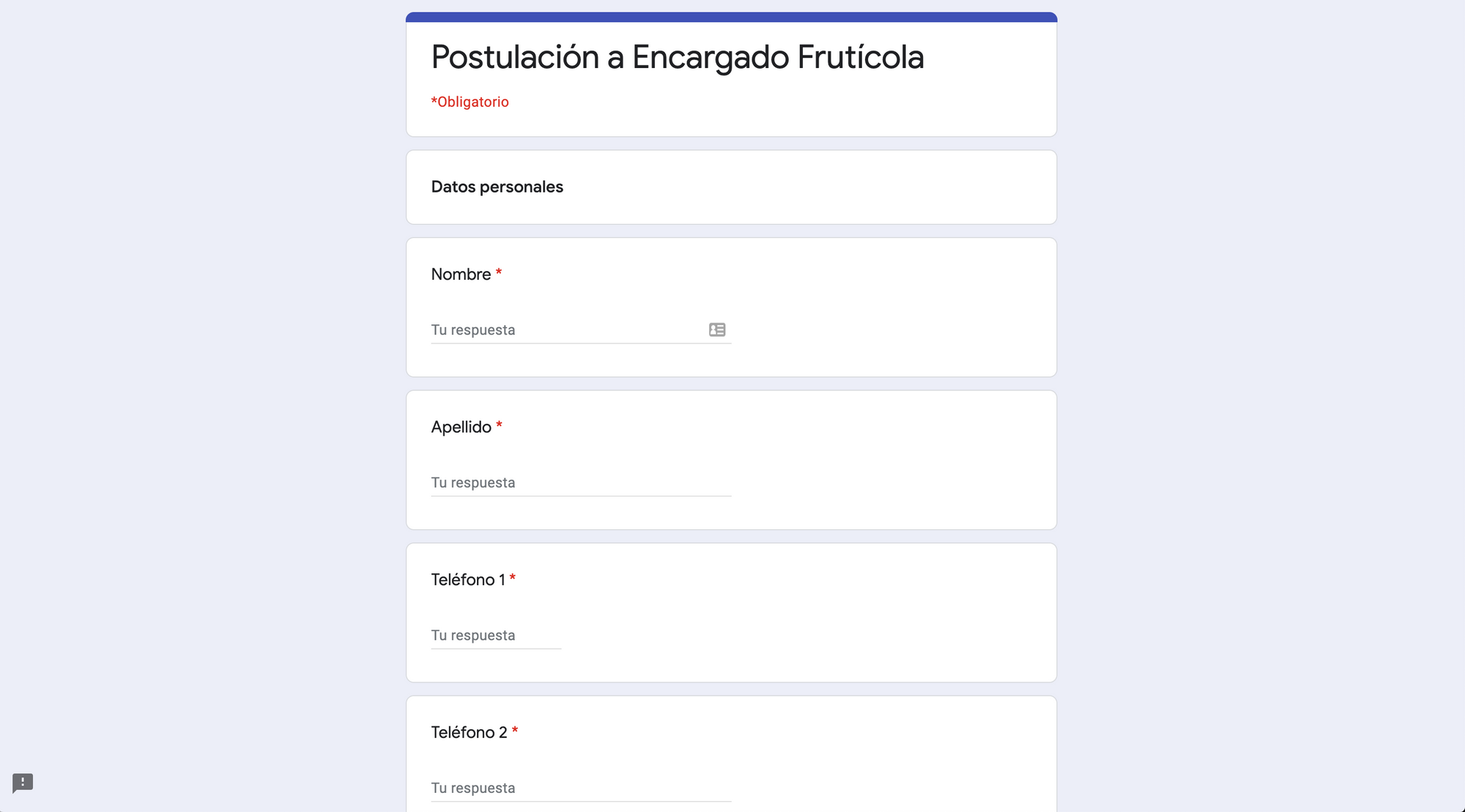The purpose of this set of posts is for you to gather tips and insights on how to create a successful digital product. We consider that the main topics are: validating the product, understanding the user, acquiring new users (using SEO and growth hacking strategies), and improving user experience (UX) using data. Throughout the posts, we’ll be explaining these key concepts you certainly need to cover in order to succeed. We’ll be using as an example a project we had, called Agrotrabajo, so it’s easier for you to understand the concepts. This is a summed up recipe about a long process, we hope it’s useful for your project!
Wondering Why we Included Part 0?
We included Part 0 because this is a mandatory instance you should take before starting to create any new product, previous to any step or decision. If you’re a regular Light-it’s Blog reader, you probably heard about validation in previous posts (if you’re not, we strongly recommend you to read this blog post).
Validation is the stage in which you will make sure your product has the essentials to succeed. They are:
- Solving a real problem.
- Having a profitable market.
- Grounding the skeleton of the product.
- A favorable business model, with the certitude people are willing to pay for your product.
How was Agrotrabajo Validated?
Let’s stop talking theory and talk about a real example. Agrotrabajo is a product we developed here at Light-it. Our client, Mauricio, had discovered that even though the agricultural sector in Uruguay is about the 30-35% of the total GDP of the country, there wasn't any recruiting online platform made especially for this sector.
He first created a Facebook group with people looking for jobs in the sector, and he was shocked when thousands of workers joined the group. This served as a first validation approach: he verified there were thousands of unemployed people looking for jobs. There was a huge market there, and no one was doing anything about it, so he had no competition.
Next step, Mauricio created a very simple web page with Wix (a good choice for people with no technical experience). He used the Wix blog to post job offers and embedded a Google Form for postulants to apply. Companies willing to publish their job offers would also fill a Google Form embedded on the site with their contact information.

All that information was gathered in a Google Sheet that Mauricio manually managed. He would call the companies, require a payment (via bank transference) and then broadcast their job offers on Wix. Then, he would gather the information of the workers applying to the job and send them to the employers for them to choose the best fit.

Take into account Mauricio isn’t an engineer, he’s just a non-tech person triggered by a great idea. With a lot of effort and not spending much money, Mauricio developed an MVP (minimum viable product) in which he charged employers to publish their job offers (and broadcasted them on his Facebook group and using Google Ads).
Mauricio, with only an insight, investigation and self-effort, created a profitable platform, without even hiring us engineers! It worked very well, but it had two main problems: Scalability and User Experience. Mauricio’s platform did the job, but he spent hours and hours managing the information manually, it was a waste of time! Also, the platform was quite tedious for users: they had to fill huge forms every time they wanted to apply for a job, the platform was slow and the design was not nice. He decided to take the platform to another level, make it scalable, with automated processes and good designs…. That's when he reached us.
The best part was that, as we share the same philosophy of early validation, we were allowed to develop the platform much more confidently. Together with Mauricio, we thought about a platform that works the following way: Employers post detailed work offers by buying one of the different plans. Workers can register online and this will automatically create their CV. Once they’re registered, they can apply for the jobs. Employers can choose between the different CV’s they receive. Everything is automated so no one is wasting his time processing information. Users didn’t waste time either: instead of filling information over and over again for each job offer, they only need to register once and then simply apply for jobs. Designs and texts were created custom taking into account who our user was (considering that the final user had a very particular profile, learn more soon in Post nº1).
Voilà! That’s how Agrotrabajo does the job.
Mauricio had already made a validation instance, but with his MVP we had the possibility to validate new ideas, get insights and feedback that were relevant to make the new platform a much more valuable one for our users (to be expanded in posts 1, 2 and 3!).
Stay tuned or subscribe to our newsletter to receive Creating a Successful Product Part 1: Understanding the Users, about how we used the insights and feedback of the MVP to understand our final users and shape the product towards them. Posts 2 and 3 will be about acquiring new users with SEO strategies and providing them value with a good user experience.

